What makes IF or intermittent fasting so popular is that it doesn’t stop you from eating. Rather, it encourages eating in a time-restricted manner. So, you can splurge on your favorite foods while experiencing weight loss and improving your metabolic health.
However, only a few have the grit to stay away from food during the fasting window, which is generally 14-16 hours. What if I say you can eat food during your fasting window without breaking your fast? Zero-calorie foods make it possible.
These foods are considered valuable assets, as they can help fasters deal with hunger pangs without breaking their fast.
Zero-Calories Foods — The Ideal Way To Deal With Hunger Pangs

Let’s first understand the concept of calories to understand zero-calorie foods better. A calorie is a unit of energy. When we talk about the calories in a food, we refer to the energy we will get from a specific food.
This is why the nutrition labels on all the food items list the calories and energy they contain. Macronutrients, like proteins, fats, and carbohydrates, are the main source of calories. As we consume food, it breaks down in the mouth, intestines, and stomach, and energy is released. This is how we gain energy by consuming food.
Level Up Your Fitness: Join our 💪 strong community in Fitness Volt Newsletter. Get daily inspiration, expert-backed workouts, nutrition tips, the latest in strength sports, and the support you need to reach your goals. Subscribe for free!
Zero-calorie foods are worth a try if you want to eat without breaking your fast. Zero-calorie foods provide a fantastic opportunity to enjoy food without adding extra calories to your diet. Basically, zero-calorie foods give you a guilt-free eating experience.
When delving into the concept of zero-calorie food, several perspectives emerge. The prevailing view is that zero-calorie foods are devoid of any caloric content.
It’s crucial to recognize that ‘zero-calorie foods’ are not entirely calorie-free. Instead, they contain a meager number of calories, leading to a negligible impact on the body’s metabolic system. Therefore, ‘zero’ in this context signifies zero impact on the metabolic system rather than zero calories.
The next approach considers the total energy intake of the food. Certain foods are marked as zero-calorie foods because the amount of energy our body needs to digest them equals the number of calories offered. So, the net energy intake is zero.
Let’s suppose a zero-calorie food, XYZ, provides 5 kcals, and the body also needs 5 kcals to digest it; then net energy intake is zero. As no calories are added to the body, these foods are called zero-calorie foods.
Are Zero-Calorie and Negative-Calorie Foods the Same?
Along with the concept of ‘zero-calorie food,’ the term ‘negative-calorie food’ has also become the talk of the town. You’d be mistaken to think these two are different names of the same concept.
In the case of negative calorie foods, the total energy intake value is generally minus. It happens because such foods provide fewer calories and require more energy for digestion.
If you’re contemplating which option to choose for weight loss, rest assured that both approaches are effective. [1]
Should You Consume Only Zero-Calorie Foods?
Many dieters have started rebuking good calories and eating only low-calorie foods to lose weight. Remember, one should eat balanced, nutritious foods that provide energy for bodily functions and daily tasks. Calories are only a problem if you eat a balanced diet according to your BMR. With the help of a calorie calculator, you can easily determine your daily caloric intake goal. [2]
Calories are essential to our being, as they are required for everyday functions like breathing, digestion, maintaining an ideal heartbeat, cell renewal, and so on. So, adequate calorie consumption is crucial for optimal body functioning.
How Do Zero-Calorie Foods Help During IF?
Before discussing zero-calorie foods’ role in intermittent fasting, let’s touch upon IF. Intermittent fasting is a proven way to maintain an ideal body weight. It also brings back derailed metabolism to track, reduces the risk of multiple health conditions like heart diseases, obesity, and cancer, and increases life expectancy by promoting processes such as autophagy. [3]
With so many benefits, it’s nearly impossible to ignore it. In this type of fasting, one must follow time-restricted eating. For instance, in the 16:8 fasting method, you will fast for 16 hours and consume food in an eight-hour window. Similarly, in the 5:2 fasting method, you will eat normally for five days and consume only 500-600 calories daily for two non-consecutive days of the week.
The idea here is to push your body into an energy deficit so it starts burning stored fat, leading to weight and fat loss.
While IF has several short-term and long-term benefits, fasting for long hours is difficult. We all experience food cravings that are hard to control at times.
Also, diabetic patients and people with low-energy problems can’t fast for long hours and must consume food at regular intervals. Even the IF experts do not recommend avoiding food for 24, 36, or 72 hours. Going too long without eating might backfire, as your body will start preserving fat to prevent starvation.
Considering all these things, zero-calorie foods are great options for fasters as they can consume these foods without breaking their fast.
In addition, intermittent fasting with low-calorie or zero-calorie foods is more effective in generating positive results when weight management is the goal. A study conducted on 139 obese individuals confirmed that those who followed IF while eating low-calorie food are bound to experience better results in terms of reduction in body weight, fat, or metabolic risk factors. [4]
So, eating zero-calorie foods while intermittent fasting has several benefits.
50 Expert-Curated Zero-Calorie Food List
Many leading players in the food industry are capitalizing on people’s affinity towards zero-calorie foods by offering zero-calorie snacks and drinks, which are nothing but troublemakers. Don’t fall into this trap, as these options may have low calories mentioned on the label, but they are filled with sugar and sodium, which will do more harm than good.
Hence, I kept my focus on healthy food options while creating this list so you can splurge without guilt. Here are the foods and beverages that are safe to consume while intermittent fasting:
1. Water
This one is a no-brainer. With zero calories per serving, water is the best zero-calorie recommendation. You can consume it as much as you want. Besides keeping you full for a while, water keeps you hydrated, encourages better sleep, helps manage cravings, and makes your skin glow.
Shockingly, many of your hunger pangs are primarily dehydration kicks. So, keep sipping water at regular intervals and start losing weight.
2. Natural Supplements
When you plan to cut down on calorie consumption and follow IF, you can consume natural supplements like cacao or mace, as they are low in calories. The calorie count for natural supplements like Maca is 16 calories per 5 grams.
3. Watercress
If you have never heard of this super nutritious green leafy vegetable, start researching about it today. It only contains 4 calories per 34 grams and provides ample vitamins like Vitamin A, Vitamin K, and Vitamin C.
4. Alfalfa Sprouts
Low in calories and high in nutrients, alfalfa sprouts are a great low-calorie food to consume during IF. Use it in your sandwiches or salads as it has 8 calories per cup.
5. Black Coffee
If you don’t want to sip on water throughout the day, try black coffee, as this flavored drink will keep your palette and body happy. It contains 2 calories per 100 grams, provided it’s consumed without milk, sugar, and any other sweeteners.
Caffeine in coffee is great for weight loss and fat reduction. It encourages your body to release catecholamines that increase metabolism and fat burning. That’s not the only reason to prefer drinking black coffee during the fasting window. This drink has multiple other health benefits, like prevention of inflammatory and oxidative stress-related diseases, lower incidence of several types of cancer, and reduced mortality.
Just make sure that you don’t go overboard. The recommended caffeine dosage is 400 mg/day (1-4 cups daily). [5]
6. Arugula
Arugula is another wonderful leafy green vegetable that belongs to the same family as kale, broccoli, cauliflower, and Brussels sprouts. It’s a super source of vitamin C and phytonutrients and is very low in calories. I recommend it to those following the 5:2 fasting method, as it’s a low-calorie food and contains 5 calories per cup.
7. Zucchini
Zucchini is perfect for your mid-day craving while intermittent fasting. Technically, it’s a fruit with a cucumber-like flavor. A 100-gram serving of Zucchini contains only 17 calories and is rich in folate, vitamin C, magnesium, and potassium.
The best part of this fruit is that you can enjoy it in numerous ways. You can have it raw, add it to your salads, steam it, or grill it. Take any route; it’s sure to have a great taste.
8. Lemon Water
For centuries, lemon water has been a staple for health-conscious people as this drink aids weight loss. It’s also a great way to stay away from adulterated flavored drinks. One wedge of lemon contains only 1 calorie. So, you can drink lemon water or lick lemon wedges without guilt.
Adding lemon to your diet plan would be great, as it’s rich in bioflavonoids and vitamin C.
9. Herbs
Herbs like basil, mint, oregano, and rosemary are great additions to your diet when you need to add flavor without loading on calories. With just 1 calorie per bunch, herbs pack a punch of essential vitamins and minerals.
10. Black Tea
Beat your hunger pangs with black tea while keeping your total calorie count low. It’s rich in flavonoids and will keep you hydrated. With a mere 2 calories per cup, black tea will not affect your calorie goals.
11. Hot Sauce
Hot sauces like Valentina and Cholula are excellent during IF. With 1 calorie per spoonful, you can enhance your food taste guilt-free.
12. Chillies
Chilies add flavor to your food, beat cravings, and contain a decent quantity of bioactive compounds. Chilies can tantalize the taste buds with a modest 2 to 4 calories per serving.
Level Up Your Fitness: Join our 💪 strong community in Fitness Volt Newsletter. Get daily inspiration, expert-backed workouts, nutrition tips, the latest in strength sports, and the support you need to reach your goals. Subscribe for free!
13. Vinegar
Vinegar is a great option to add to your IF meal plan as this low-calorie food is full of antioxidants and helps in weight loss. With only 3 calories per spoon, you can elevate the taste of your dishes.
14. Celery
Celery is a negative-calorie food you will not regret adding to your diet. As it’s high in fiber and low in calories, the body has to exhaust more calories than it gains from consuming celery. One cup of celery provides 14 calories. It’s so versatile that you can add it to your diet in several ways.
15. Mustard
Mustard is one of the most preferred low-calorie foods for salad dressing. Besides adding flavor, it can help aid digestion and boost metabolism. At just 3 calories per spoon, you can enjoy the zesty kick of mustard.
16. Lettuce
Munch on lettuce without guilt, as this low-calorie food is high in fiber and water content, promoting fullness and gut health. With just 5 calories per cup, it can be a light and satisfying snack or a side dish.
17. Spinach
Spinach contains vitamins and minerals and only 7 calories per cup. This low-calorie food supports bone and skin health so you can have it without guilt.
18. Cantaloupe
Rich in vitamins A and C, this low-calorie fruit has approximately 34 calories per 100 grams and will provide you with ample hydration and dietary fiber for digestive health.
19. Tomato
You can beat your cravings and reduce the risk of cancer with tomatoes. With approximately 25 calories in one medium tomato, they offer a colorful and nutritious touch to your meals.
20. Broccoli
If you hate broccoli because of its odd taste, you must know that this low-calorie food can help strengthen your bones. With just around 30 calories per cup, broccoli provides essential vitamins and minerals.
21. Cucumber
Cucumber is highly hydrating and rich in antioxidants. It also aids in digestion. It adds a satisfying crunch to your meals, keeps you satiated, and contains only 15 calories.
22. Cauliflower
This low-calorie food beats cravings, contains fiber, and promotes detoxification. With only 25 calories per cup, you can add cauliflower to your list.
23. Asparagus
You can control calorie intake and have a healthy metabolism with one cup of asparagus. It offers 27 calories per cup.
24. Green Beans
Have one cup of sauteed green beans while IF to beat the hunger pangs. With approximately 31 calories per cup, green beans offer a satisfying texture and essential nutrients to your meals.
25. Carrot
Carrot is a low-calorie superfood, as it’s packed with beta-carotene. With 25 calories in one medium carrot, they add some sweetness to your food.
26. Radish
Radish is an excellent low-calorie and high-fiber food for IF followers. It aids in digestion and detoxification. With 19 calories per cup, radishes are a rich protein source.
27. Mushrooms
Mushroom is best known for its immune-boosting properties, and this low-calorie food will keep you full for a long time. It contains 15 calories per cup and is rich in iron, potassium, B vitamins, and copper.
28. Brussels Sprouts
Add 1 cup of Brussels sprouts to your IF meal plan to enjoy good gut and heart health. With 38 calories per cup, Brussels sprouts are an excellent addition to any weight-loss diet.
29. Swiss Chard
On your weight loss journey, a bowl of Swiss chard is the best bet as this low-calorie food is high in vitamins A and K. Swiss chard is a great source of nutrients and offers 7 calories per cup.
30. Green Onion
You can add green onion to your IF diet to boost your bone health. It has just 5 calories per stalk and can be a great addition to your soups and salads.
31. Seaweed
You can have seaweed as an evening snack. It can improve your overall health and well-being as it’s rich in iodine and iron. They have 10 calories per sheet and are also good for your gut health.
32. Romaine Lettuce
Bored with regular lettuce? Try Romaine lettuce. This nutritious food offers 8 calories per cup.
33. Mung Bean Sprouts
This low-calorie food is a great source of vitamins and minerals. These contain just 30 calories per cup.
34. Baby Carrots
Have baby carrots as snacks to boost your immunity. 10 Medium baby carrots carry around 35 calories.
35. Turnip
This low-calorie food is beneficial for digestion and inflammation reduction. This root vegetable carries 17 calories per piece (medium size).
36. Konjac Noodles
Replace high-calorie noodles with low-calorie Konjac noodles. This low-carb option aids in weight management and supports gut health. Konjac noodles are just fiber and water; one cup has just 6 calories.
37. Radicchio
Add radicchio to your IF diet and support your liver health. This leafy, bright red vegetable offers 9 calories per cup.
38. Shirataki Tofu
This low-calorie, plant-based protein will help you in weight management. It is believed to reduce cholesterol and has 10 calories per half-cup serving.
39. Zucchini Noodles
Zucchini noodles have an ample supply of vitamins and minerals and can boost your digestion. It contains 20 calories per cup and is an ideal choice for a gluten-free diet.
40. Red Cabbage
This low-calorie and colorful vegetable is rich in fiber and antioxidants. Red cabbage is believed to be more nutrient-rich than green one and carries 17 calories per cup.
41. Cauliflower Rice
Cauliflower rice can be a great option to keep you hydrated and has 25 calories per cup.
42. Jicama
You can have this crisp, low-calorie root vegetable without guilt during IF. Rich in fiber with a slightly sweet taste, it can be a great addition to your soups and stir-fried veggies. It has 46 calories per cup.
43. Sugar Snap Peas
This low-calorie legume is loaded with vitamins. This non-starchy vegetable has 35 calories per cup.
44. Cherry Tomatoes
This sweet and low-calorie fruit is a great option for IF followers. They are nutrient-rich and have 27 calories per cup.
45. Green Bell Pepper
This low-calorie vegetable is rich in vitamin C. One medium size green pepper provides 30 calories.
46. Watermelon
It is a delicious, nutritious fruit you can add to your diet. With 48 calories per cup, this hydrating fruit offers great health benefits.
47. Strawberries
Strawberries are low-sugar fruits that are filled with antioxidants. They are rich in vitamin C and are a good source of several nutrients. They carry 50 calories per cup.
48. Raspberries
Also known as a superfood, raspberries are fiber-rich and believed to support heart health. They offer 65 calories per cup.
49. Blueberries
These delicious, nutrient-rich fruits are enjoyed with smoothies, cereals, and salads. With several vitamins and minerals, they provide 85 calories per cup.
50. Blackberries
Filled with antioxidants, blackberries carry several health benefits. They contain 62 calories in a one-cup serving.
FAQs
What are negative calorie foods?
Negative calorie foods require more energy to digest than the calories they provide, resulting in a net calorie loss. It happens because such foods require more energy for digestion than they contain.
How much energy is in one calorie of food?
One calorie of food gives us 4.82 joules of energy.
Is it okay to consume food during IF?
An individual can consume zero-calorie foods in the fasting window. Plus, they can eat normally during the feeding window.
How to calculate total energy intake?
The total energy consumed is determined by subtracting the energy needed for digestion from the total energy the food provides.
Bottom Line
Intermittent fasting could be your cut and run for managing weight effectively. However, you need the right guidance and approach to achieve the desired results. Combining low-calorie or zero-calorie food with IF is one such approach.
This article contains several zero-calorie food options so you can stick to your weight loss objective. What’s your favorite pick of these options? Let me know in the comments section below.
References:
- Rezaeipour, M., Apanasenko, G. L., & Nychyporuk, V. I. (2014, January 1). Investigating the effects of negative-calorie diet compared with low-calorie diet under exercise conditions on weight loss and lipid profile in overweight/obese middle-aged and older men. Turkish Journal of Medical Sciences; Scientific and Technological Research Council of Turkey (TUBITAK).
- Osilla, E. V. (2022, September 12). Calories. StatPearls – NCBI Bookshelf.
- Patterson, R. E., Laughlin, G. A., LaCroix, A. Z., Hartman, S. J., Natarajan, L., Senger, C. M., Martinez, M. E., Villaseñor, A., Sears, D. D., Marinac, C. R., & Gallo, L. C. (2015, August 1). Intermittent Fasting and Human Metabolic Health. Journal of the Academy of Nutrition and Dietetics; Elsevier BV.
- Liu, D., Huang, Y., Huang, C., Yang, S., Wei, X., Zhang, P., Guo, D., Lin, J., Xu, B., Li, C., He, H., He, J., Liu, S., Shi, L., Xue, Y. M., & Zhang, H. (2022, April 21). Calorie Restriction with or without Time-Restricted Eating in Weight Loss. The New England Journal of Medicine; Massachusetts Medical Society.
- Barrea, L., Pugliese, G., Frias-Toral, E., Ghoch, M. E., Castellucci, B., Chapela, S. P., De Los Angeles Carignano, M., Laudisio, D., Savastano, S., Colao, A., & Muscogiuri, G. (2021, August 28). Coffee consumption, health benefits and side effects: a narrative review and update for dietitians and nutritionists. Critical Reviews in Food Science and Nutrition; Taylor & Francis.

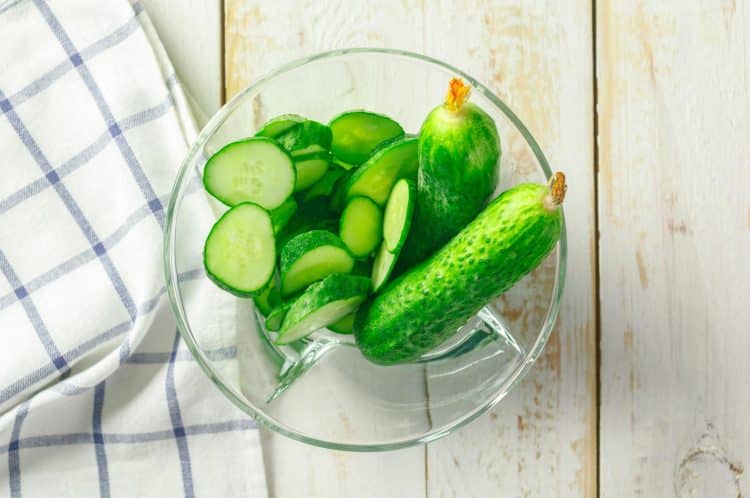


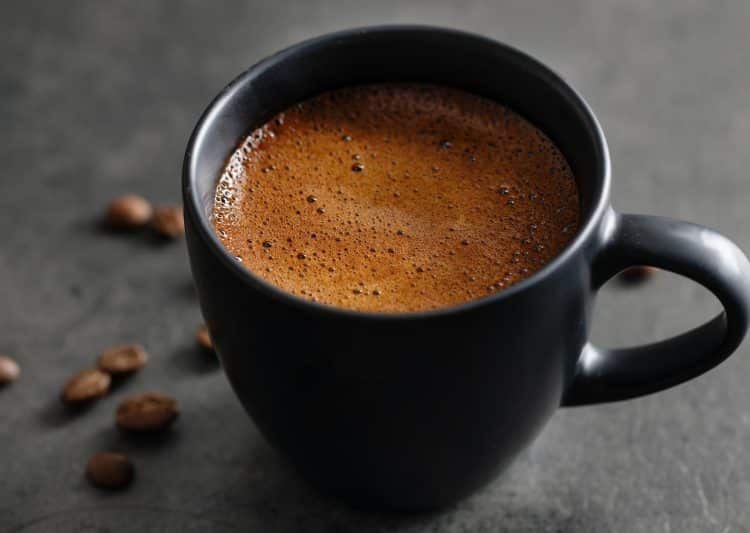
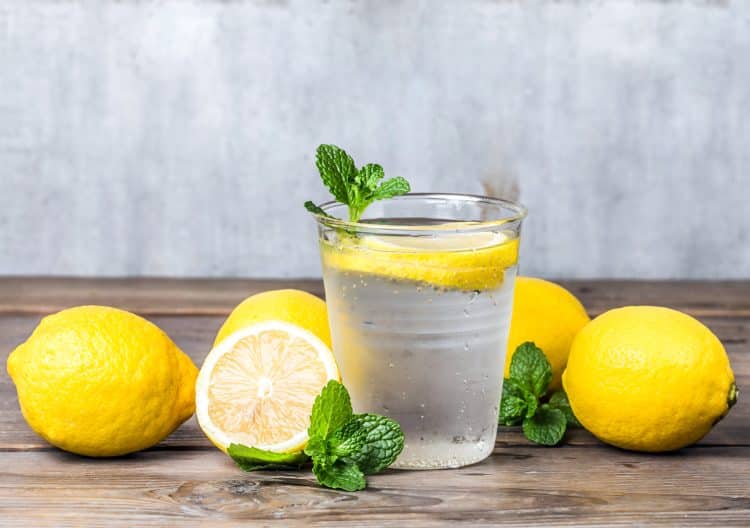

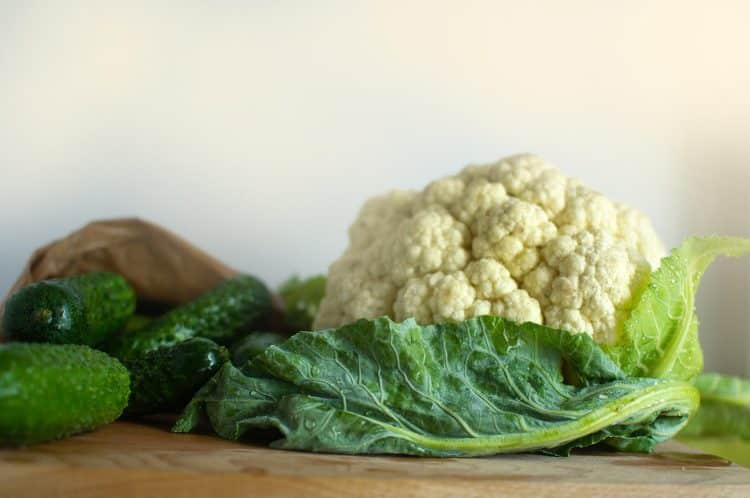
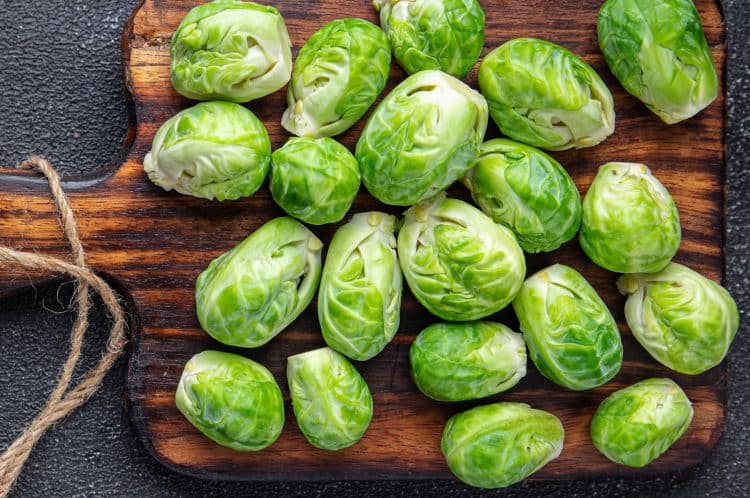






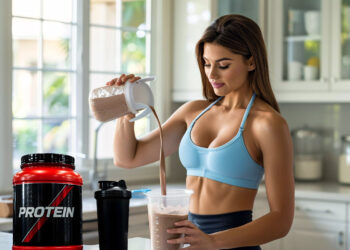
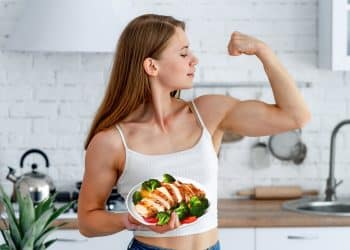

Thank you for this great information. What about collagen powder in tea or coffee? Would this also be acceptable to consume during the fasting period?
Adding collagen powder to your tea or coffee? Here’s the scoop: While it does have calories and protein, it’ll technically break a strict fast. But if you’re not too strict about fasting or just doing it to watch your weight, a little collagen might be okay. Just make sure you know why you’re fasting in the first place, and when in doubt, chat with a health expert! Cheers!
Thank you dr. 🙂